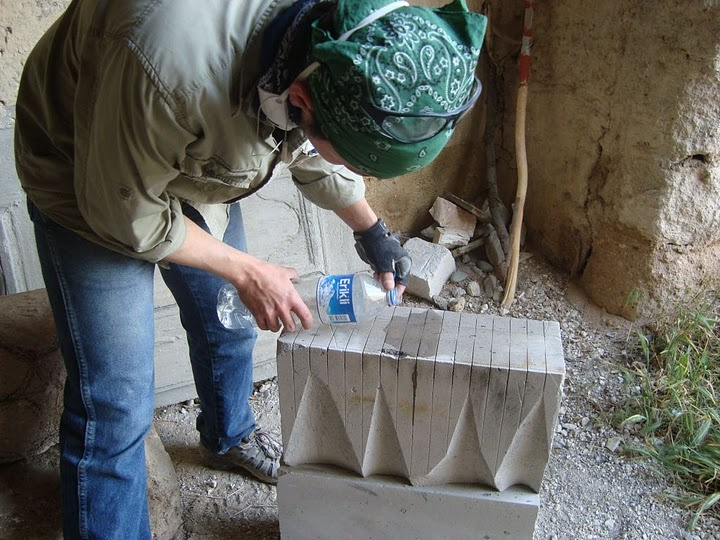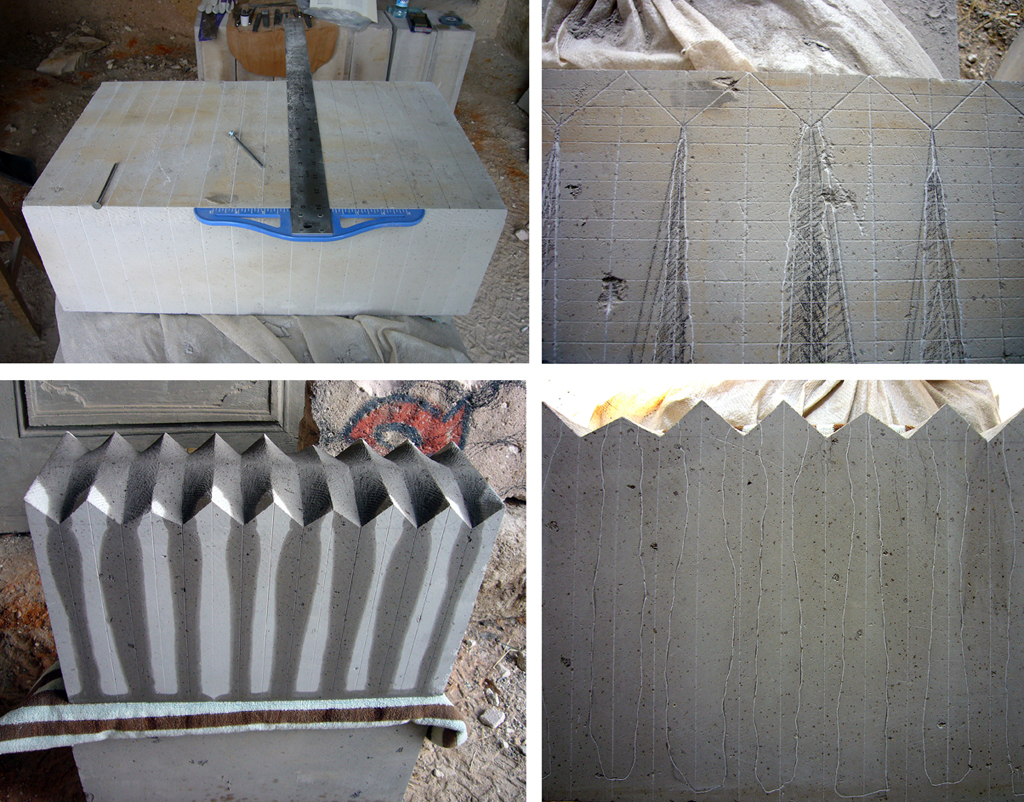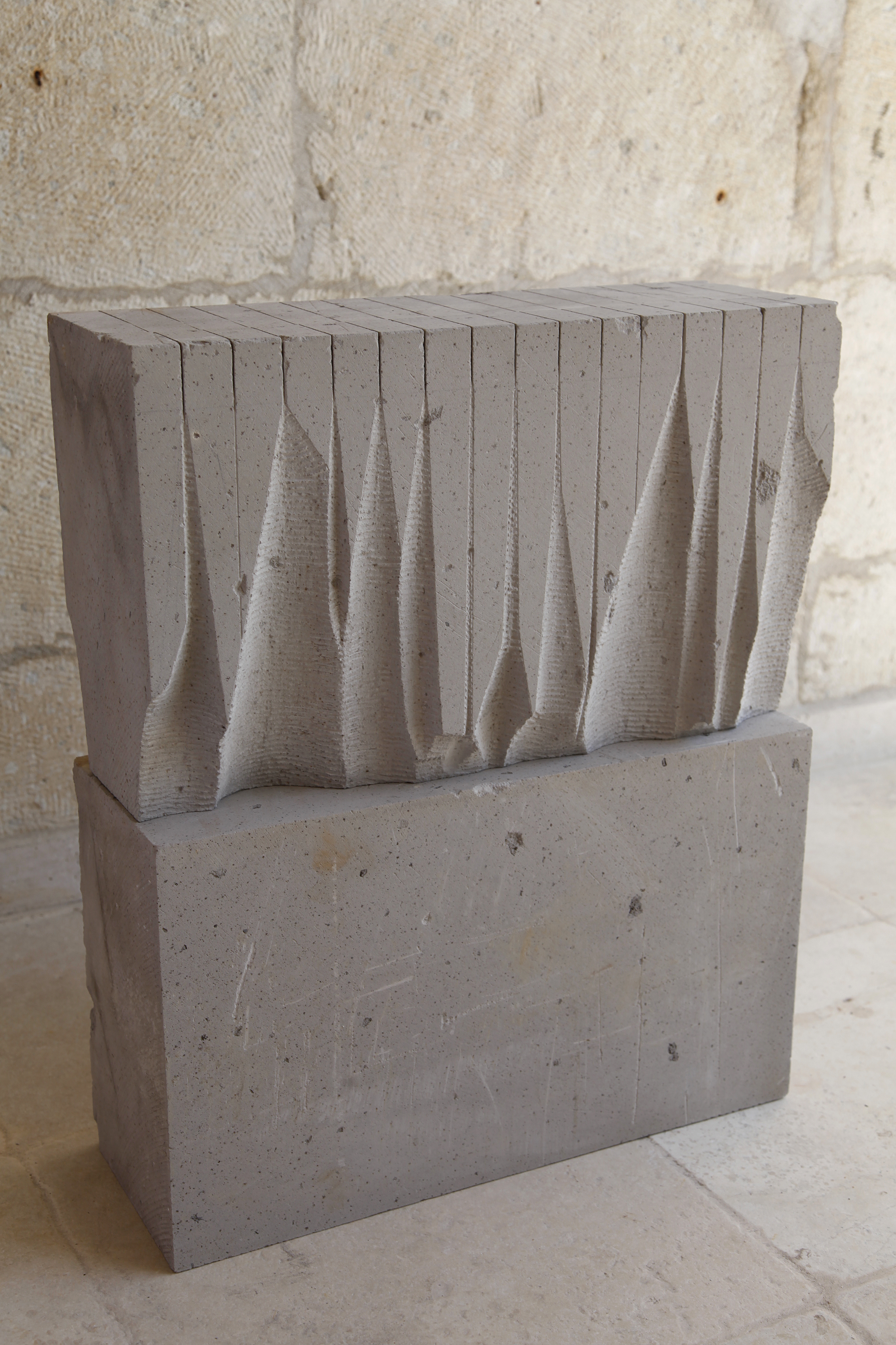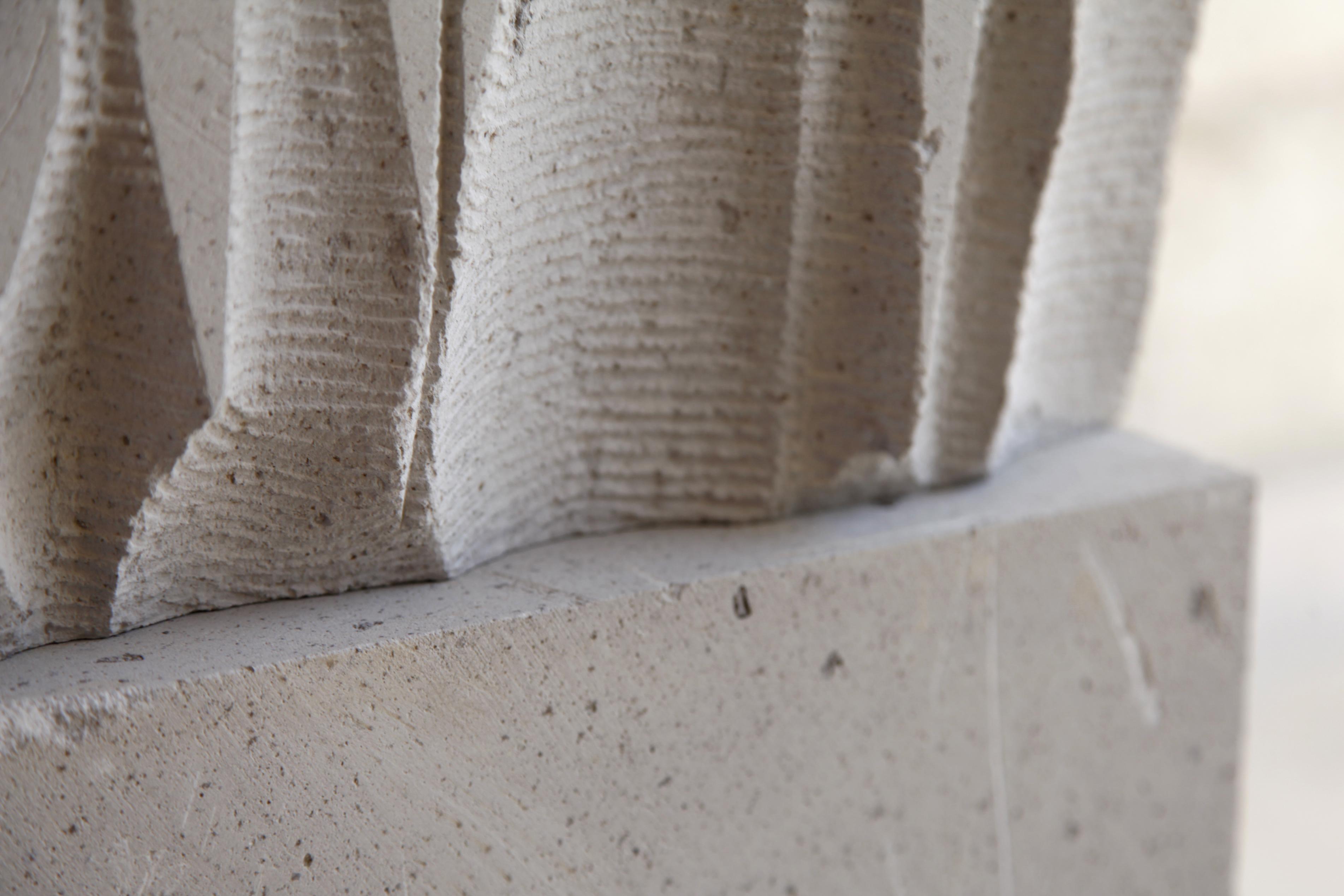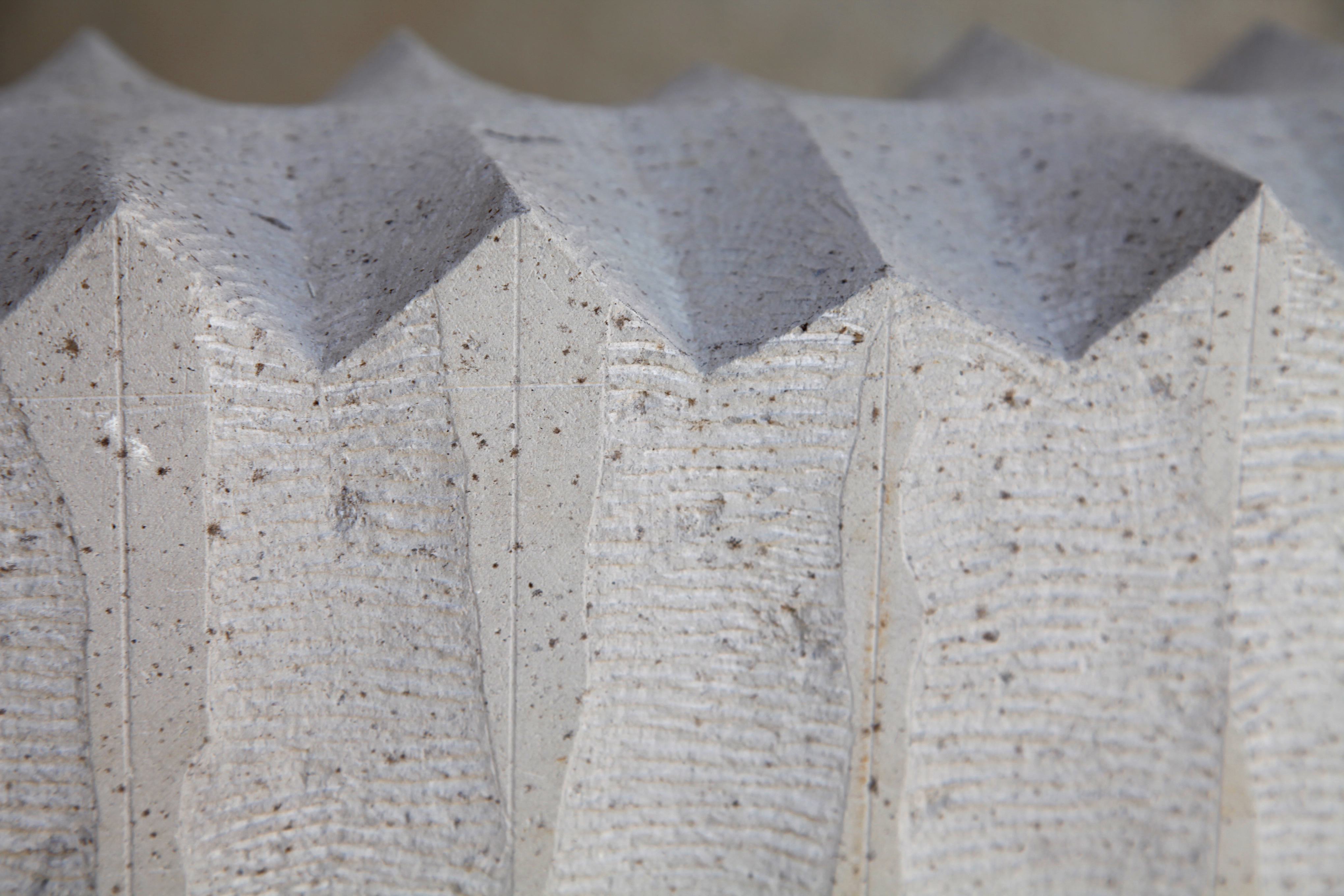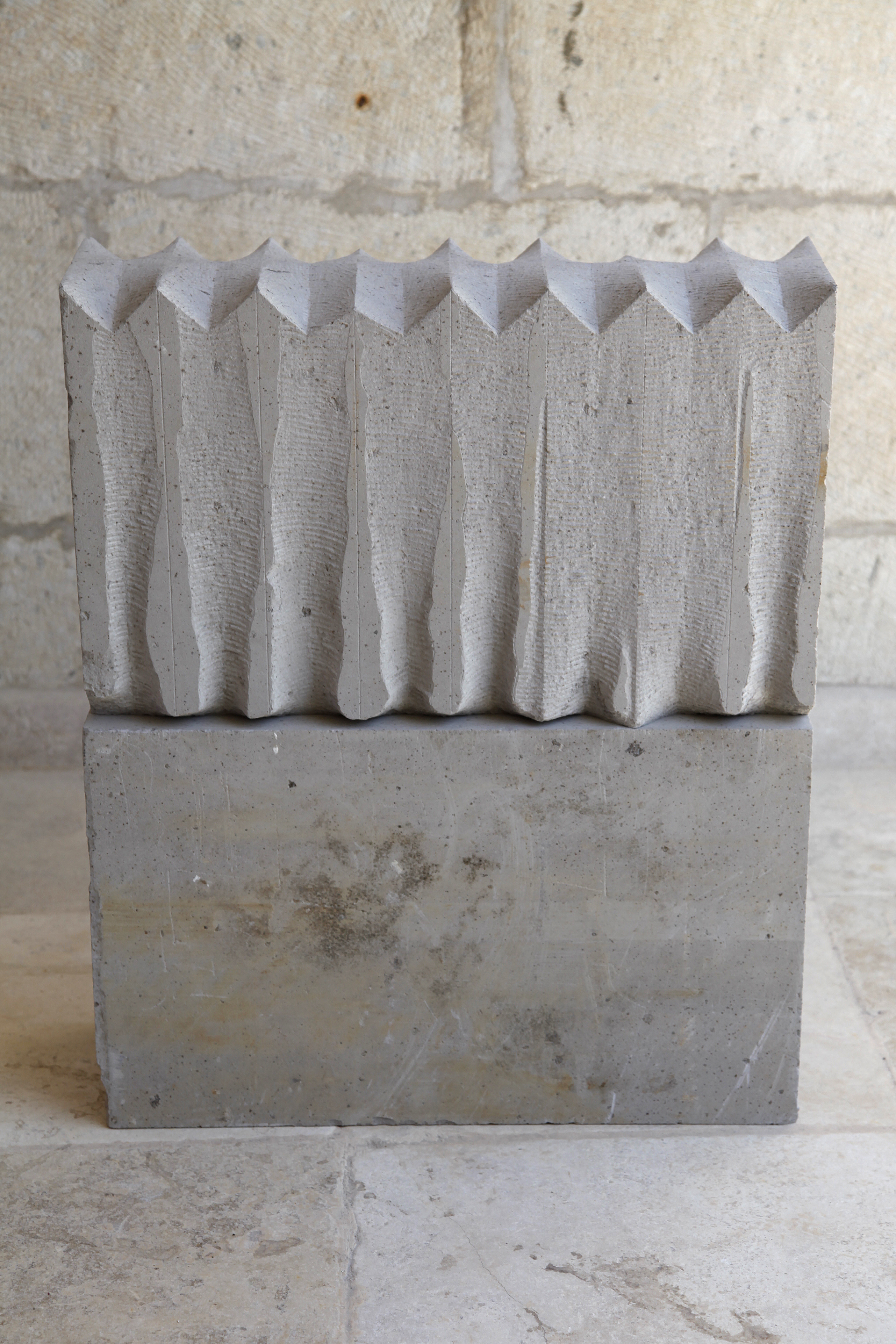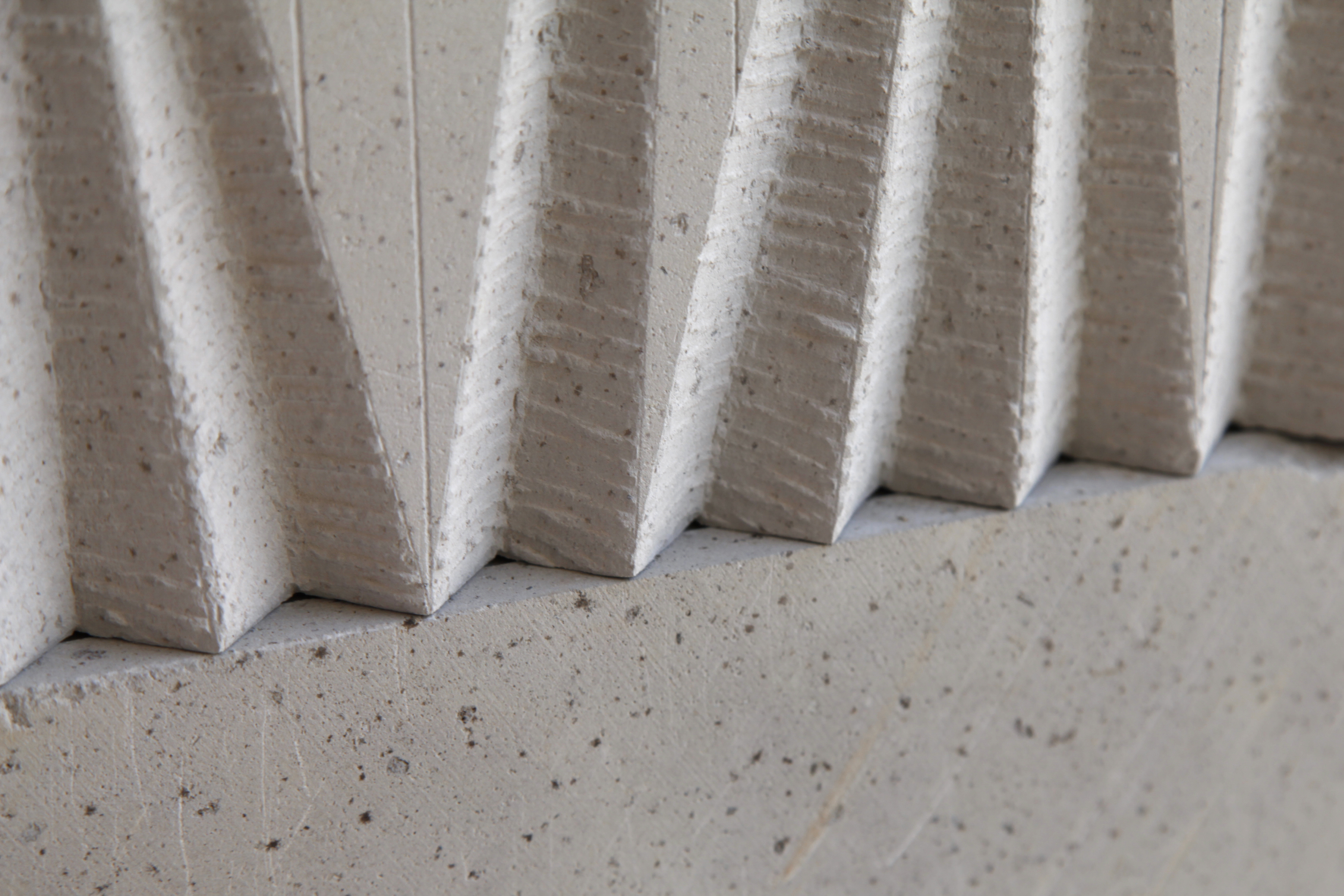![]()
![]()
![]()
Nakış Carvings


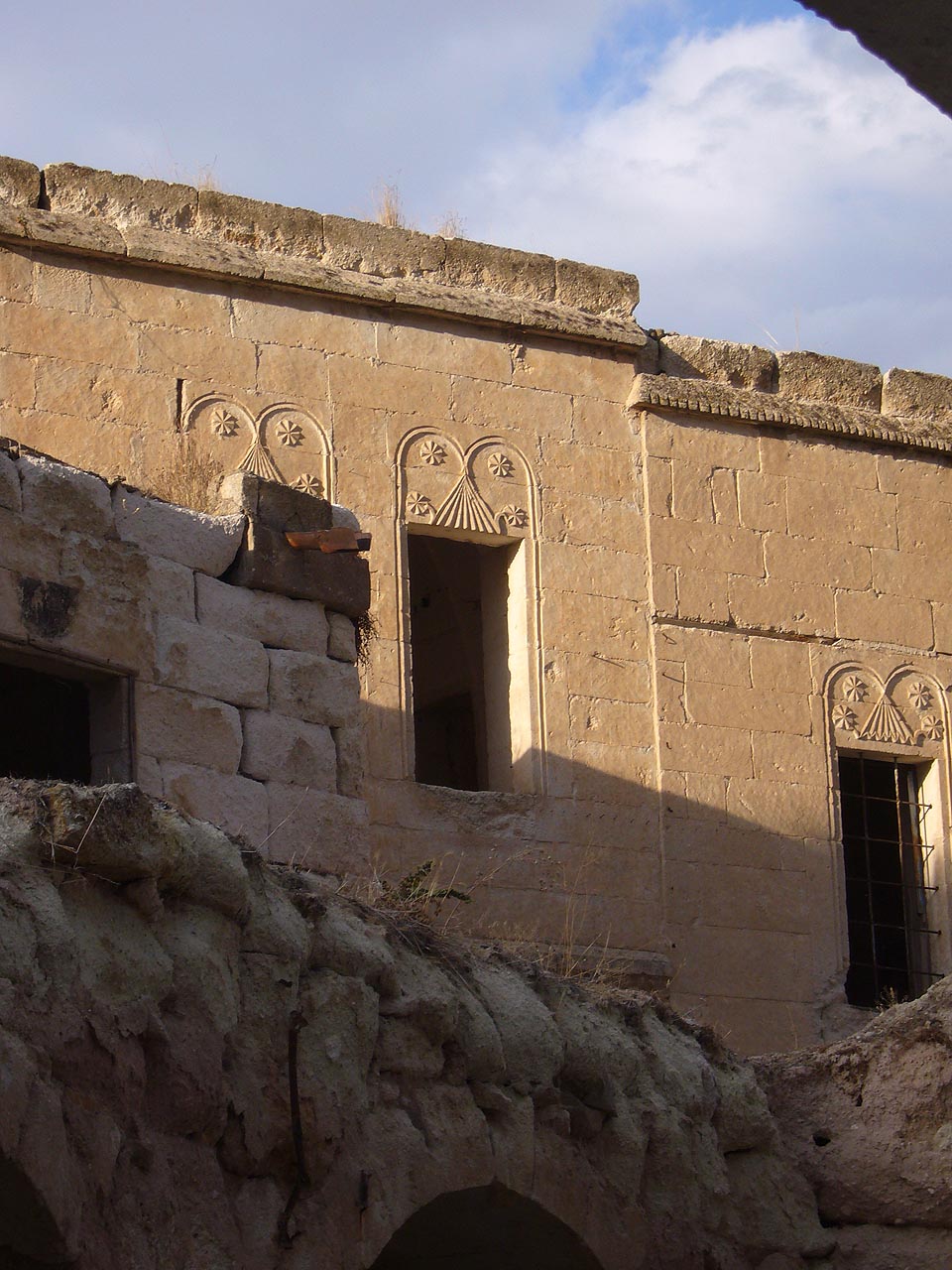
The project was a series of stone carvings that explored the relationship between the eroded landforms of the area and the stone masonry motifs in the vernacular architecture of the region.
In Turkish, “Nakış” can be used to refer to both embroidery and architectural ornamentation. This double meaning is probably left over from the nomadic, tent dwelling past of the culture but, especially in the case of this traditional stonework, in the soft tufa stone of the region, the way the chisel is worked with precise geometries, directly into surface of the stone, is reminiscent of the textile technique.
My studies explored the role of water, the powerful agent of erosion that has shaped this surreal terrain, as a reference in the details of the stonework. Some of the local stoneworkers argued that the motifs prevented water from entering openings in the wall. It seems just as likely that they served to “pre-weather” the surface of the wall where most vulnerable.
Project was undertaken while an artist-in-residence at the Babayan Culture House, in 2010. Village of Babayan / İbrahimpaşa, Cappadocia, Turkey. The material is the local tufa stone.
